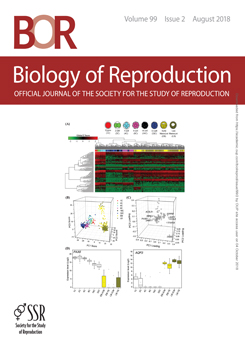Epididymal sperm protein CRISP1 has the ability to both regulate murine CatSper, a key sperm calcium channel, and interact with egg-binding sites during fertilization. In spite of its relevance for sperm function, Crisp1-/- mice are fertile. Considering that phenotypes can be influenced by the genetic background, in the present work mice from the original mixed Crisp1-/- colony (129/SvEv*C57BL/6) were backcrossed onto the C57BL/6 strain for subsequent analysis of their reproductive phenotype. Whereas fertility and fertilization rates of C57BL/6 Crisp1-/- males did not differ from those reported for mice from the mixed background, several sperm functional parameters were clearly affected by the genetic background. Crisp1-/- sperm from the homogeneous background exhibited defects in both the progesterone-induced acrosome reaction and motility not observed in the mixed background, and normal rather than reduced protein tyrosine phosphorylation. Additional studies revealed a significant decrease in sperm hyperactivation as well as in cAMP and protein kinase A (PKA) substrate phosphorylation levels in sperm from both colonies. The finding that exposure of mutant sperm to a cAMP analog and phosphodiesterase inhibitor overcame the sperm functional defects observed in each colony indicated that a common cAMPPKA signaling defect led to different phenotypes depending on the genetic background. Altogether, our observations indicate that the phenotype of CRISP1 null males is modulated by the genetic context and reveal new roles for the protein in both the functional events and signaling pathways associated to capacitation.
Summary Sentence
Analysis of the reproductive phenotype of mice lacking CRISP1 shows the influence of the genetic background on different sperm functional parameters and reveals the involvement of CRISP1 in the cAMP-PKA signaling cascade leading to capacitation.





